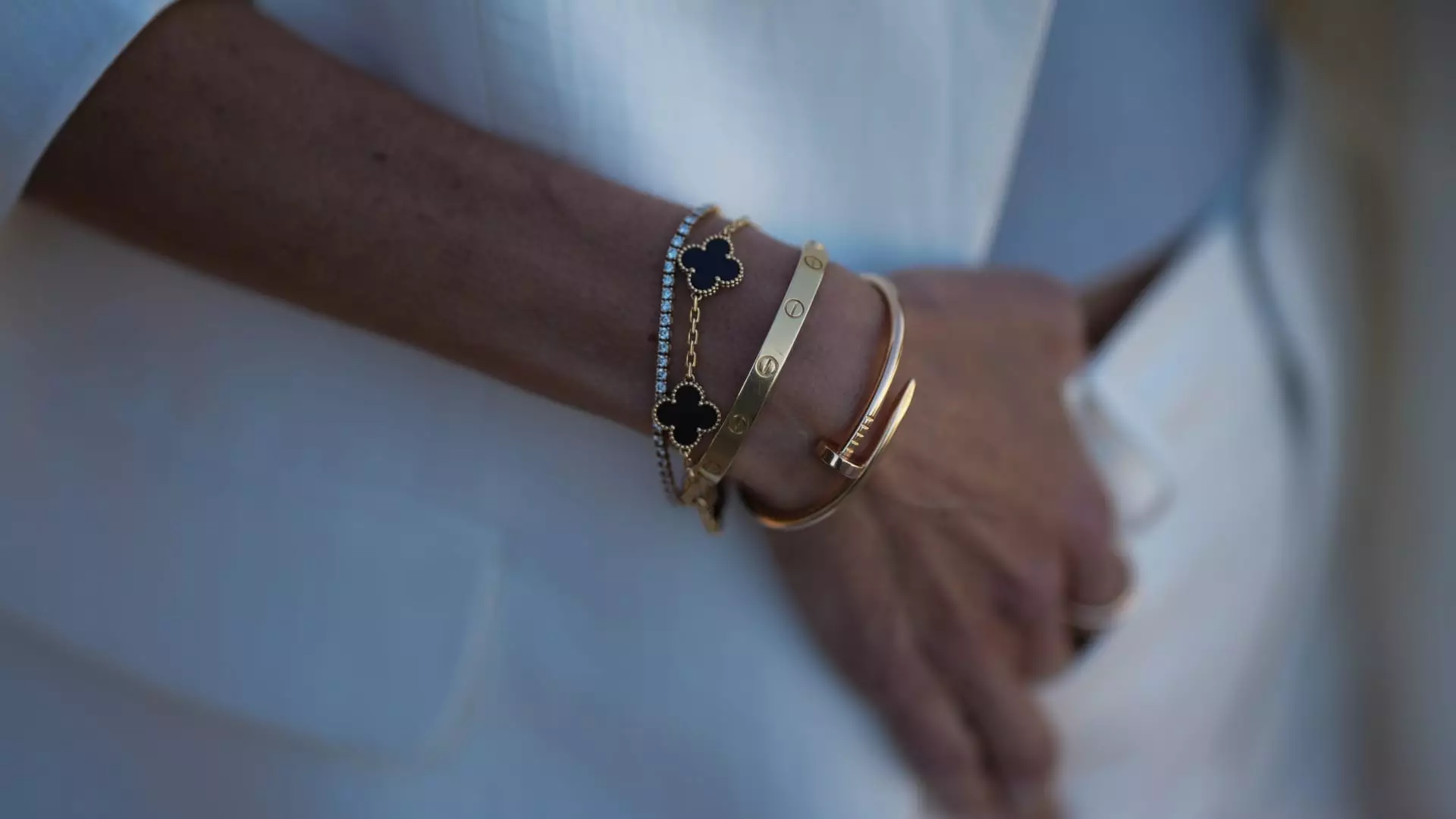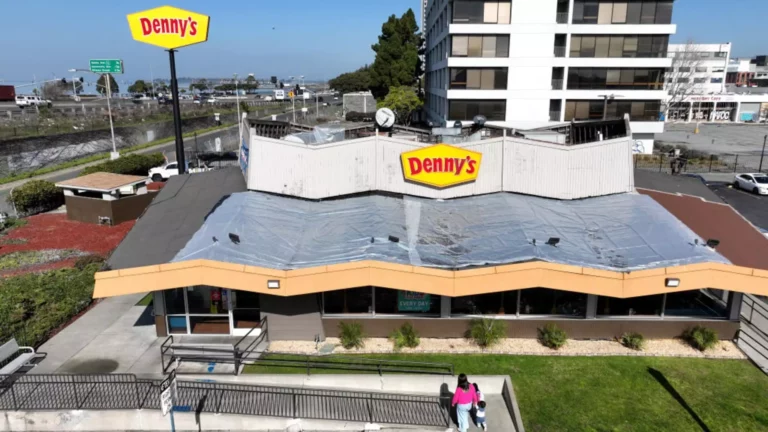The Illusion of Luxury Resilience: A Stark Reality Check for 2025

For years, the narrative surrounding luxury retail has been one of resilient growth and unstoppable appeal. After a robust fourth quarter marked by holiday celebrations and post-election euphoria, many analysts and industry insiders projected a promising rebound in 2025. The optimism was fueled by the perception that affluent consumers would continue to indulge, even amid broader economic uncertainties. However, reality has proven to be far more sobering. Data from Citigroup paints a stark picture: U.S. credit card spending on luxury goods has declined during the first five months of the year compared to the same period in 2024. This divergence between expectation and fact exposes how out of touch some market prognostications have become. We are witnessing a landscape where the once-assumed robustness of luxury consumption is under pressure, revealing vulnerabilities masked by short-term flashes of resilience.
The Nuances of Partial Recovery and Unequal Distribution
While May provided some hope—luxury spending in that month dipped only 1.7% year over year, a marked improvement from April’s 6.8% and March’s 8.5% declines—the overall trend remains cautionary. The headline-grabbing notion that luxury brands like Hermès showed a marginal 0.2% increase in combined sales is reflective of a very selective subset of high-end transactions, not a comprehensive comeback. The reality is that luxury spending is accelerating in some pockets, notably jewelry, which outperforms other categories such as leather goods and ready-to-wear. Jewelry sales have been a bright spot, climbing 10.1% in May compared to the previous year and experiencing consistent month-over-month growth since September. However, even within this category, there’s a paradox: while overall sales surge, certain high-end brands are losing customers—down by 2.7%—yet the remaining clientele spends significantly more per purchase, with an 11.7% increase in average spend.
This uneven distribution indicates a shift in consumer behavior—fewer buyers are making larger, more meaningful purchases rather than a broad-based expansion of the wealthy class. It underscores a fundamental transformation: the luxury market seems increasingly characterized by a concentration of spending among a smaller, wealthier segment rather than a thriving, expanding consumer base. Such a trend questions the sustainability of perceived growth and highlights the fragile underpinning of luxury retail’s recent resilience.
Perception of Jewelry as an Investment and Emotional Asset
A notable insight comes from Citigroup analyst Thomas Chauvet, who attributes jewelry’s relative strength to its perception as an investment and a sentimental asset. During periods of economic turbulence or market unpredictability, consumers gravitate toward tangible assets—precious metals, gemstones—that carry intrinsic value. Jewelry blends financial prudence with emotional significance, making it a more compelling purchase when compared to apparel or handbags. Chauvet points out that the recent rise in gold prices bolsters this trend: while Cartier’s bracelet prices have increased modestly (less than 5% since 2025), gold prices have surged over 25%, making jewelry appear comparatively more attractive as a store of value.
The psychology behind this shift is critical. Consumers are increasingly viewing luxury not merely as a status symbol but as a safeguard and a means of personal expression amid global economic uncertainties. This mentality contravenes the traditional luxury model rooted solely in branding and aesthetic appeal. Yet, it is crucial to recognize that this shift might be temporary—driven by current gold price surges and economic fears—rather than indicative of a long-term transformation in consumer priorities.
Stagnation in Handbag and Watch Sectors
In contrast to jewelry, handbags and watches have experienced a more stagnant or volatile trajectory. Handbag dominance, historically a pillar of luxury growth, has been underwhelming post-pandemic. While some new collections hint at renewal, most designs lack differentiation—most shapes and styles have become nearly indistinguishable across brands. Price hikes of 30% to 40% since the pandemic further fuel skepticism: consumers aren’t necessarily perceiving a commensurate increase in value. This disconnect signifies a market where inflationary pressures and a lack of innovation are dampening demand.
Luxury watches tell a somewhat different story; aggregate spending on watches increased by 14.7% year over year, yet top brands saw a 10% decline in May. The surge in Swiss watch exports was largely tactical, driven by retailers stocking up in anticipation of tariffs and supply chain adjustments rather than genuine demand. Such strategic stockpiling skews the apparent health of the high-end watch segment but does little to signal a genuine, sustained recovery in consumer appetite. The nuanced picture here cautions against complacency—short-term inventory moves cannot disguise fundamental weaknesses.
Economic Headwinds and Geopolitical Risks
The broader economic landscape offers few reasons for optimism. The recent uptick in luxury spending appears rather superficial, buoyed by a somewhat improved perception of consumer confidence. Yet beneath that surface lies a host of pressures: the imminent expiration of tariff suspensions, volatile oil prices driven by geopolitical conflicts, and an uncertain macroeconomic backdrop all threaten to deflate any nascent recovery. The U.S. dollar’s decline of about 10% year to date reduces Americans’ purchasing power abroad and hampers luxury imports. Conversely, domestic consumers with accumulated wealth may feel temporarily emboldened, but their spending is undoubtedly vulnerable to fluctuations in the political and economic climate.
From a center-right liberal perspective, it’s evident that reliance on economic stimuli or temporary market manipulations cannot substitute for genuine, sustainable growth. The luxury industry’s current trajectory underscores how fragile consumer confidence remains in an environment riddled with uncertainty. Long-term resilience will hinge on policies fostering economic stability, reducing geopolitical tensions, and creating conditions where high-net-worth individuals can maintain confidence in their investments and disposable income.
—
This critical analysis reveals that the luxury sector’s recent performance is a mirror rather than a measure of true economic strength. While short-term flashes of resilience exist, especially in jewelry, the foundational issues—market saturation, inflation, geopolitical risks—loom large. The notion of a robust luxury rebound in 2025 appears increasingly like a mirage, seductive but ultimately fleeting amid the harsh realities of today’s global economy.





